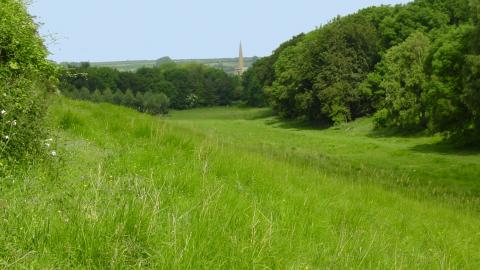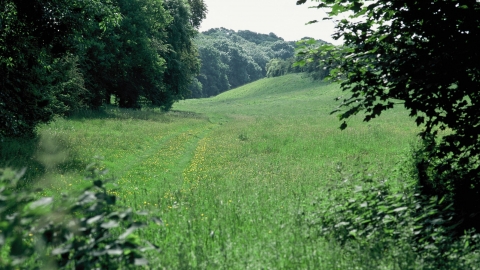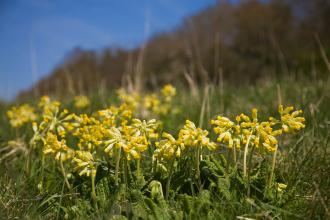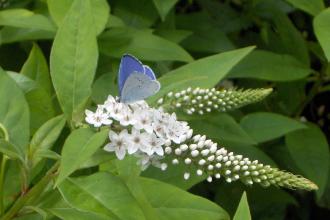Lilianna Witkowska-Wawer

Barrie Wilkinson

Peter Foster
Ancaster Valley
Know before you go
Dogs
When to visit
Opening times
Open at all timesBest time to visit
April to JulyAbout the reserve
This narrow, steep-sided valley is covered with limestone grassland, scrub and woodland. It is one of the finest sites for limestone flowers in the county. Recorded species include the rare and beautiful pasqueflower, bee and fragrant orchids, dyer's greenweed, dropwort, spring cinquefoil, rock-rose, spring-sedge and many others.
There is an attractive woodland, consisting chiefly of beech, on the eastern slope of the valley, which has yew, box, wayfaring tree, barberry and wild clematis on its edge, and woodland plants such as violet and early-purple orchid. Large numbers of butterflies and bumble-bees may be seen on calm sunny days, as well as a wide variety of birds including green and great spotted woodpeckers.
Large areas of the steep banks had become overgrown with scrub of gorse and hawthorn in the 1970s, and, since the reserve was acquired in 1982, one of the main management tasks has been clearance and control of scrub in order to retain the flower-rich grassland. This is now managed with light sheep grazing.
The origin of Ancaster Valley is uncertain, but it is thought to be a glacial spillway formed at the close of the Ice Age when meltwater from the ice cap on higher ground poured into the Ancaster Gap - the former course of the River Trent before ice forced its course further north.
Nearest postcode: NG32 3PN. Please note - postcodes are for the nearest registered address as we are unable to get postcodes for nature reserves.


